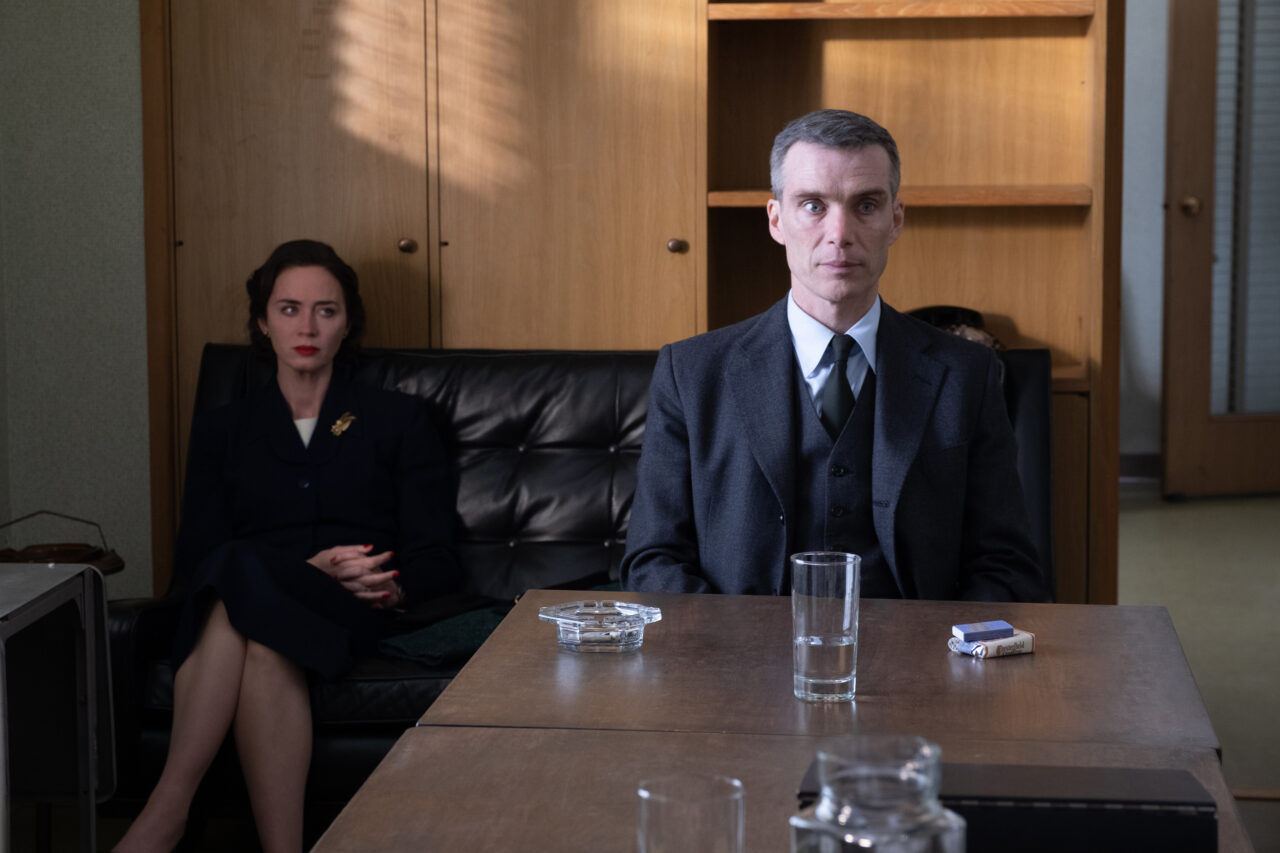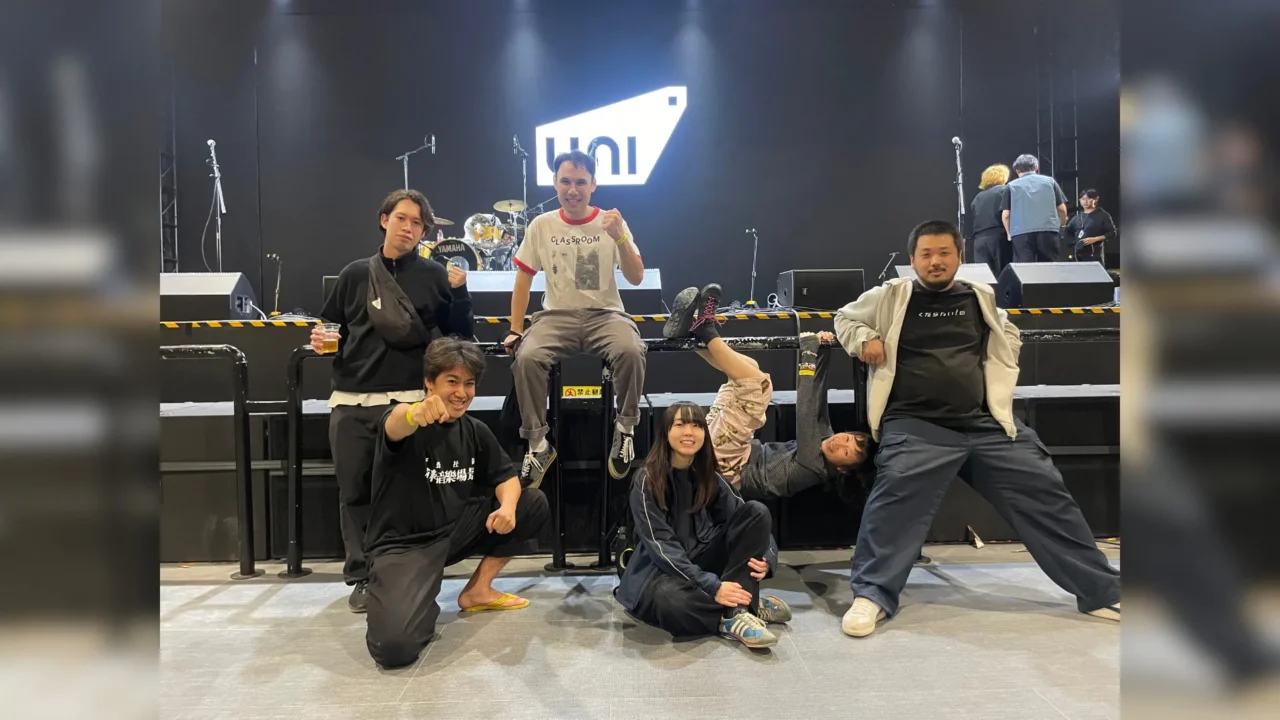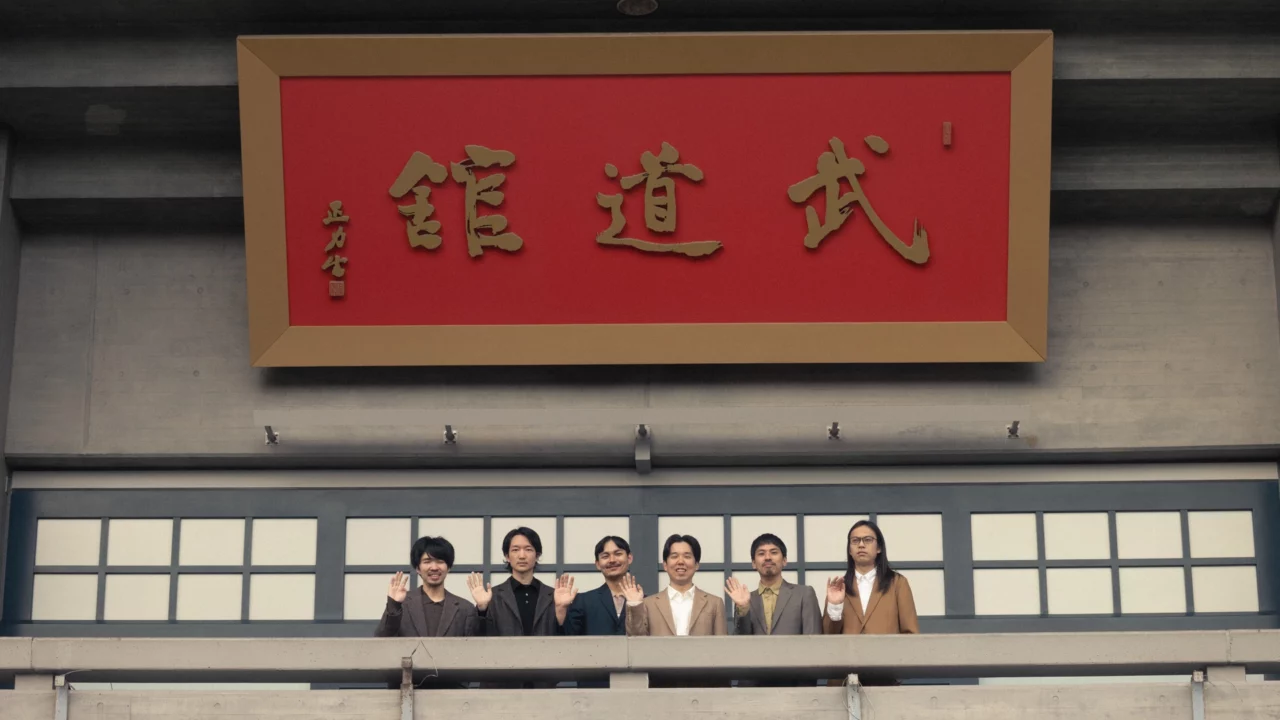INDEX
Examining the Anti-War and Anti-Nuclear Intentions of ‘Oppenheimer’
As mentioned earlier, the most frequent criticism of this film, both in Japan and in the U.S., is the absence of any specific description of the devastation of Hiroshima and Nagasaki after the atomic bombings (Note 8).
Nolan himself responded to this criticism by saying, “He, like the rest of the world at the time, learned of the bombings of Hiroshima and Nagasaki on the radio” (Note 9), explaining that this lack of description was due to his emphasis on the fact that the story is “told from the point of view of Oppenheimer, the main character.
Based on this statement, texts written in Japan in support of the film’s release and in praise of the film have often conveyed the message that “the anti-war and anti-nuclear intentions of the film are obvious if you actually see the film” (Note 10).
(Note 10) The sections of the screenplay that refer to Oppenheimer were written in the first person. Regarding the intention of this unusual approach, the director said, “Those who read the script will see that we, the audience, share the same point of view as Oppenheimer. We look over Oppenheimer’s shoulder, we are in his head, and we are with him wherever he goes” (from the production notes of the film ‘Oppenheimer’).
I myself have a certain discomfort with this viewpoint after actually viewing the film and reading some domestic and international reviews and critiques about the film.
In this film, as is typical of Nolan, the life of Oppenheimer, the “father of the atomic bomb,” is told by alternating two sequences in different time lines, but in fact, there is a period of time that is almost completely ignored in the film, which is combined in both sequences.
This can be clearly seen by comparing the film’s depiction of Oppenheimer with the account in the critical biography ‘Oppenheimer’ (Note 11), on which the film is credited as an original work, which, after a memorable dialogue with President Harry Truman in 1945, leads up to the climax of the second half of the film, the 1954 expulsion from public office. The events of the nine or so years leading up to the charges and the Inquiry at the end of 1953 are only partially depicted in the film.
And if we follow the “original” account, it is precisely during these nine years that the real Oppenheimer was most active in “anti-war” and “anti-nuclear” activities such as the proliferation of nuclear weapons and the deterrence of nuclear war.























